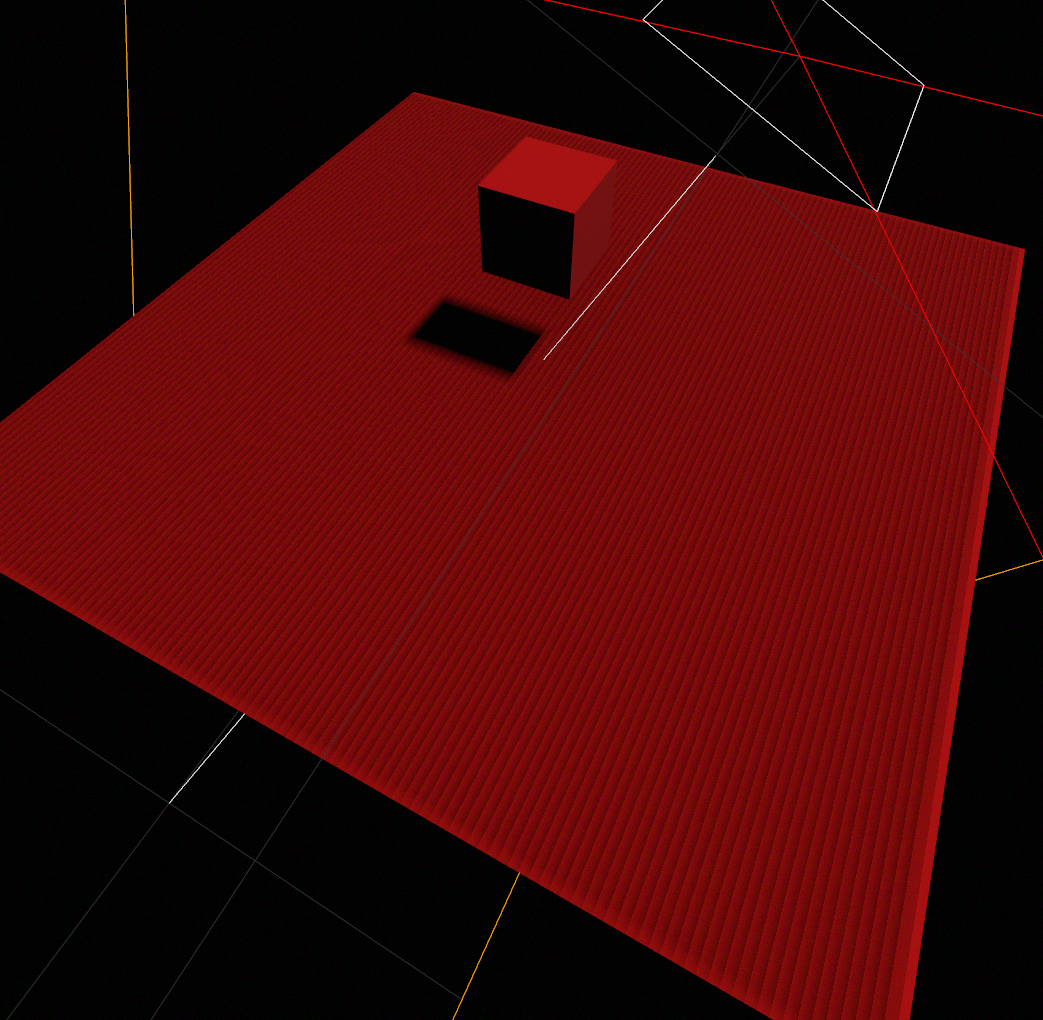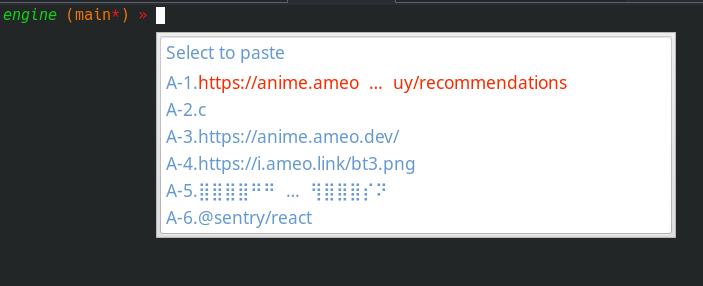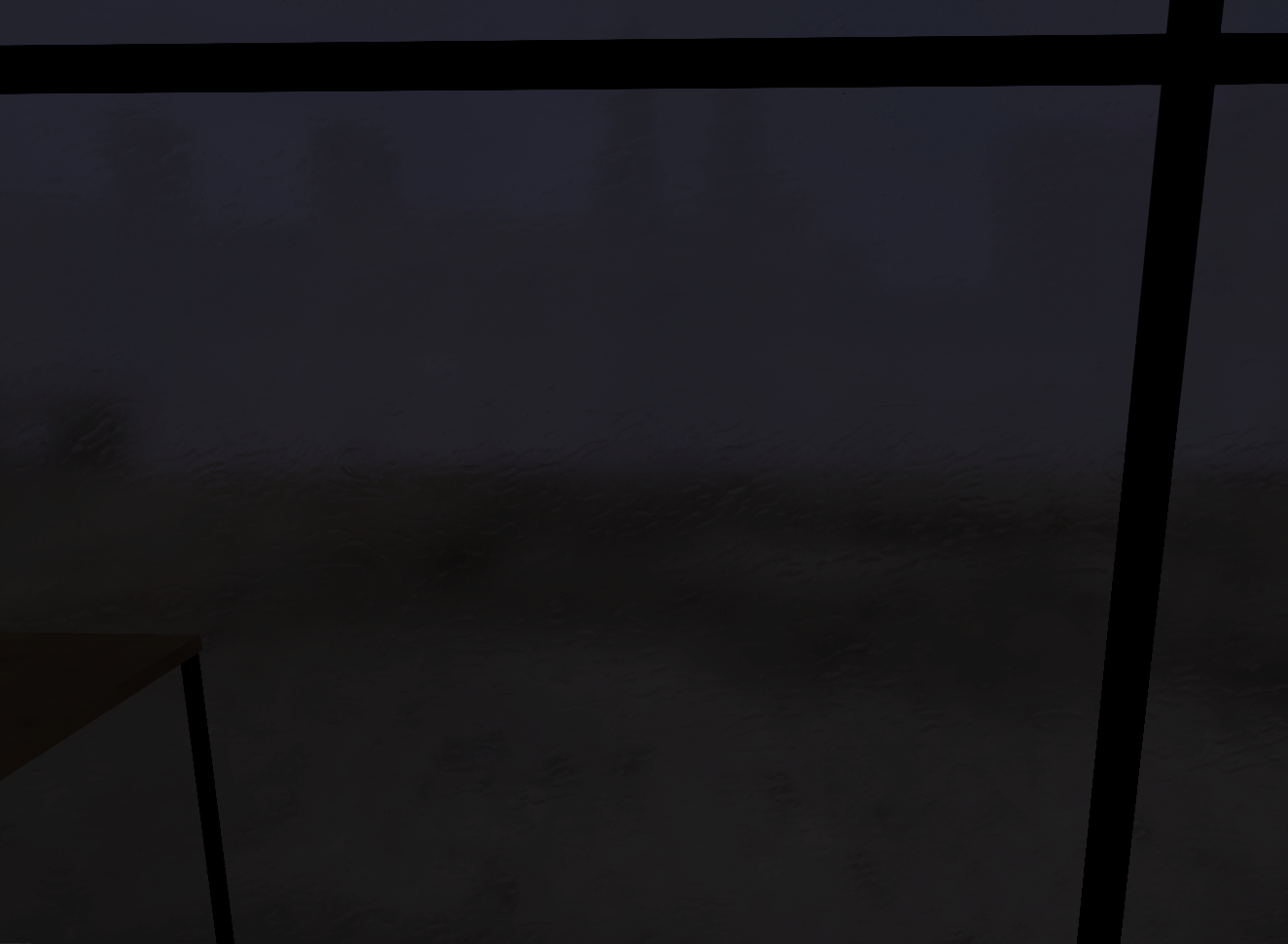For a new project at my dayjob, I’ve had the opportunity to try out sea-orm for the database layer. In the past, I’ve tried out other Rust SQL solutions including diesel and sqlx, so I have some context to compare this one to.
At a high level, sea-orm provides a fully-featured solution for managing your database setup in Rust. It provides a framework and CLI for setting up and maintaining migrations, code-gen’ing entities and relations, and writing + running queries. Like most other Rust DB options, it is fully typed and integration into Rust’s type system.



